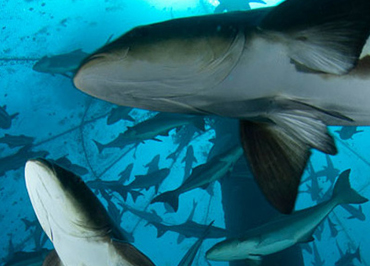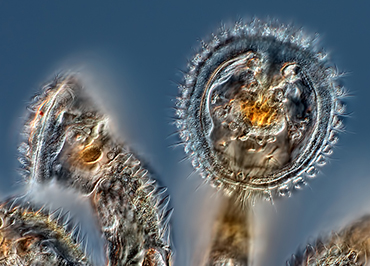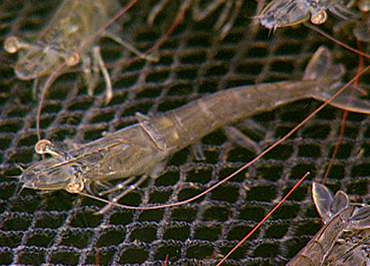 Bogotá: Cra 70 F No. 78 A - 84.
Bogotá: Cra 70 F No. 78 A - 84.
Cartagena: Calle 32 No. 8A – 33 CC La Matuna Ofic. 215
Punta Canoa: Laboratorio Ceniacua. contacto@ceniacua.org
contacto@ceniacua.org Bogotá: +57-1-2517321
Bogotá: +57-1-2517321
Cartagena: +57-6-6601265
Punta Canoa: (576) 735092.

Cobia, the only species in the family Rachycentridae, is a migratory pelagic fish that occurs in tropical and subtropical seas of the world, except in the central and eastern Pacific Ocean. In 1984 production was only 50 metric tones a year, reaching more than 58,000 in 2012. The main producer in China, and in the past years several countries, Colombia among them, have started projects for cage production of this specie.


Shrimp farming in Colombia presents a particular health situation due to its geographical location , allowing shrimp culture develops in two totally different geographical and environmental media : on the Pacific coast ( Tumaco ) and on the Atlantic Coast in the departments of Córdoba , Bolívar , Sucre and Atlantic.